Archives
- 2025-12
- 2025-11
- 2025-10
- 2025-09
- 2025-03
- 2025-02
- 2025-01
- 2024-12
- 2024-11
- 2024-10
- 2024-09
- 2024-08
- 2024-07
- 2024-06
- 2024-05
- 2024-04
- 2024-03
- 2024-02
- 2024-01
- 2023-12
- 2023-11
- 2023-10
- 2023-09
- 2023-08
- 2023-07
- 2023-06
- 2023-05
- 2023-04
- 2023-03
- 2023-02
- 2023-01
- 2022-12
- 2022-11
- 2022-10
- 2022-09
- 2022-08
- 2022-07
- 2022-06
- 2022-05
- 2022-04
- 2022-03
- 2022-02
- 2022-01
- 2021-12
- 2021-11
- 2021-10
- 2021-09
- 2021-08
- 2021-07
- 2021-06
- 2021-05
- 2021-04
- 2021-03
- 2021-02
- 2021-01
- 2020-12
- 2020-11
- 2020-10
- 2020-09
- 2020-08
- 2020-07
- 2020-06
- 2020-05
- 2020-04
- 2020-03
- 2020-02
- 2020-01
- 2019-12
- 2019-11
- 2019-10
- 2019-09
- 2019-08
- 2019-07
- 2019-06
- 2019-05
- 2019-04
- 2018-11
- 2018-10
- 2018-07
-
br Concluding remarks Enhanced membrane
2023-07-16
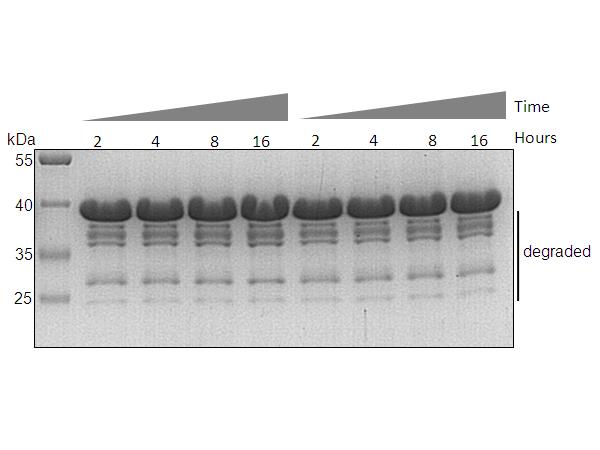
Concluding remarks Enhanced membrane binding upon calcium stimulation in Bazedoxifene HCl suggests a pre-requisite step that involves a conformational change in LOX. This might facilitate it to tether to the membrane and regulate enzyme activity. The calcium binding loops and the putative active
-
br Conflict of interest statement br Introduction The global
2023-07-16
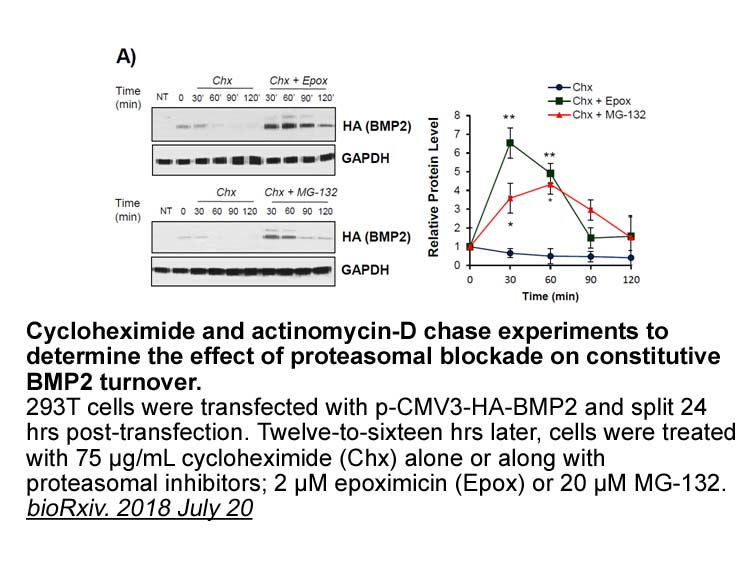
Conflict of interest statement Introduction The global prevalence of Alzheimer's disease (AD) is expected to increase to 106 million in 2050 from 30 million in 2010 (Brookmeyer et al., 2007), which will further impose a significant economic burden on health systems and society as a whole (Broo
-
br Disclosure br Acknowledgments br Introduction
2023-07-16
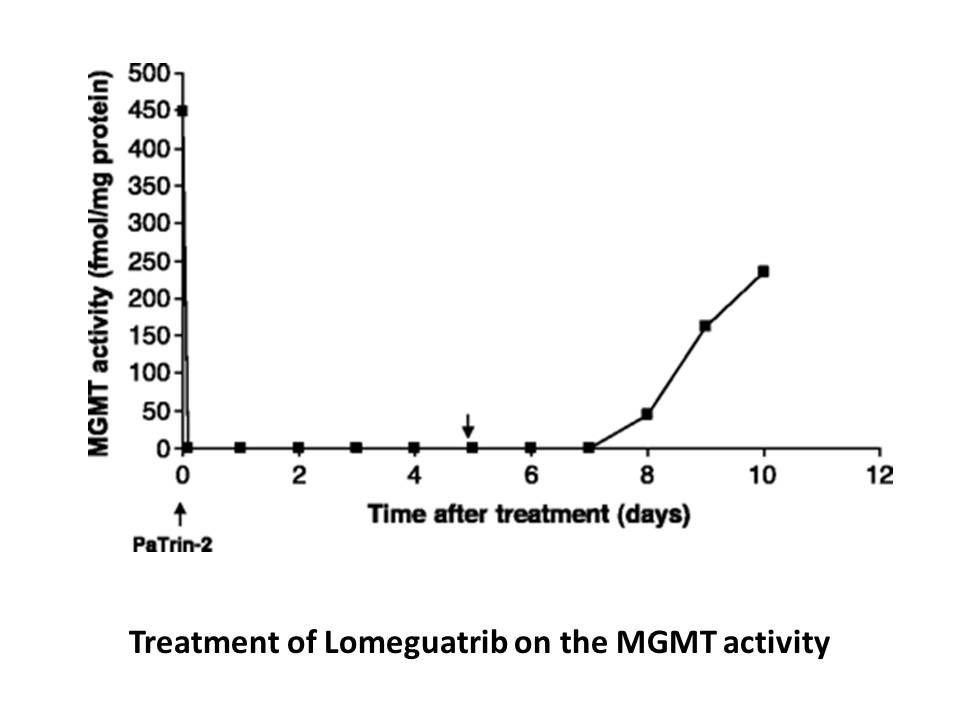
Disclosure Acknowledgments Introduction Anaplastic lymphoma kinase (ALK), a receptor tyrosine kinase, belongs to the insulin receptor kinase subfamily [1]. Oncogenic activation of ALK is associated with the LY2874455 and progression of multiple human cancer types [2,3], including anaplasti
-
BI 2536 Furthermore stress hormones can indirectly
2023-07-16
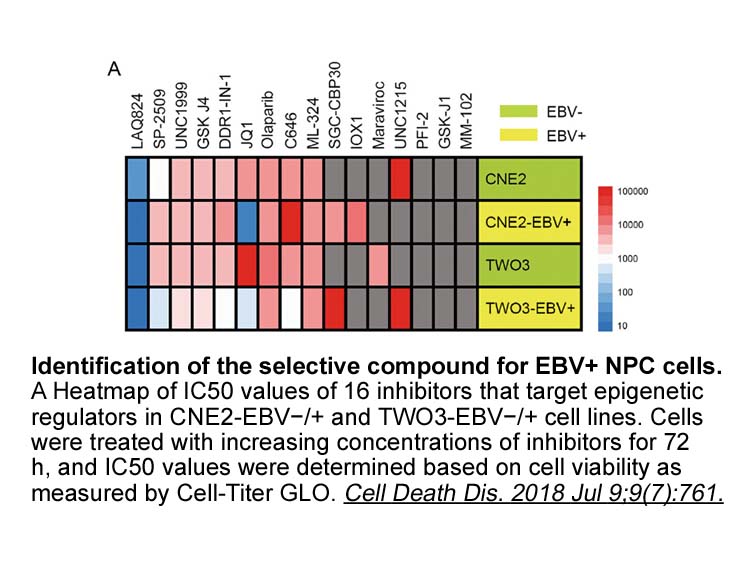
Furthermore, stress hormones can indirectly induce DNA damage, for example by altering DNA repair and transcriptional regulation of the cell cycle. It has been found that stress hormones induce the up-regulation of checkpoint kinase 1 (Chk1) and checkpoint kinase 2 (Chk2) and proto-oncogene cell div
-
br Experimental section br Results and discussion br Conclus
2023-07-16

Experimental section Results and discussion Conclusions We present a simple, sensitive and selective assay of ADA activity and its inhibitor using the enzyme catalyzed reaction and the different interaction intensity of dye-labeled AD aptamer, aptamer/AD complex with GO. The as-proposed met
-
C34 sale br AChE variants and their functions The AChE
2023-07-16
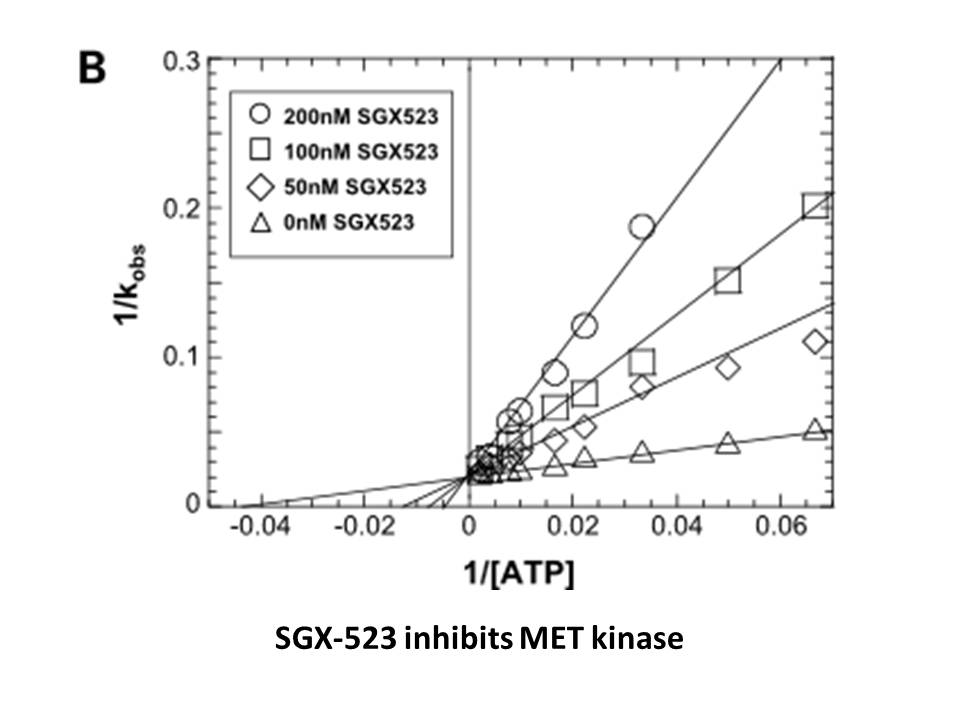
AChE variants and their functions The AChE gene generates several splice variants of AChE which are designated as hydrophobic (H), readthrough (R) and tailed (T) forms differing in membrane association and also localisation on a tissue and sub-cellular level. They all undergo significant posttran
-
alpelisib The lanthanide series of chemical
2023-07-16
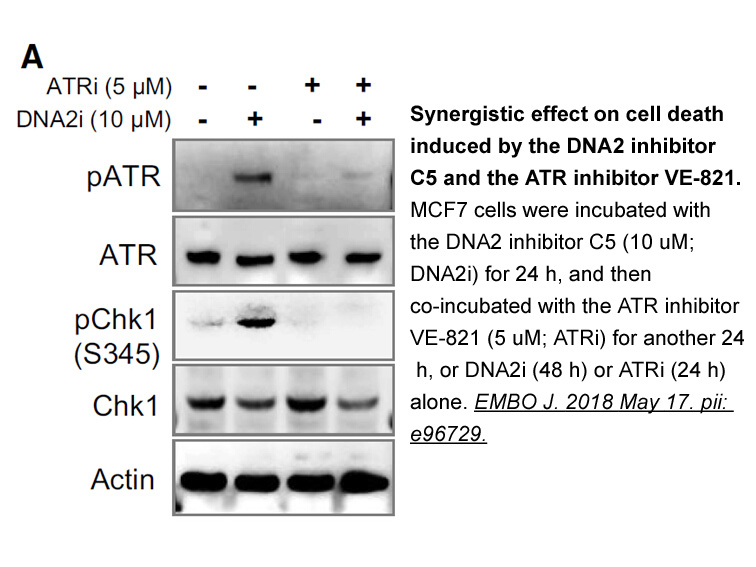
The lanthanide series of chemical elements comprises the fifteen metallic chemical elements with atomic numbers 57 through 71, from lanthanum to lutetium. Though originally described as ‘‘rare earths’’ because of their natural occurrence as metal oxides, they are not particularly rare. The lanthanid
-
The difficulty of characterizing nAChRs in the
2023-07-16
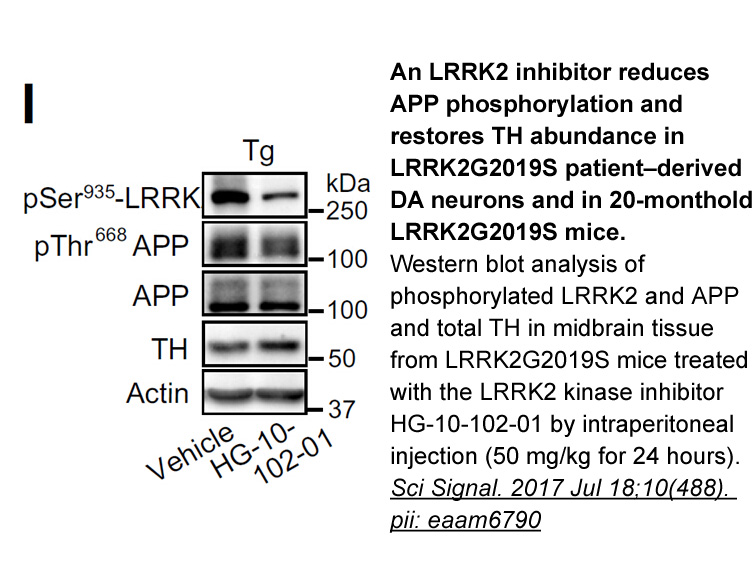
The difficulty of characterizing nAChRs in the central nervous system is also exemplified by early observations that nicotine caused no detectable effect when applied on a brain slice and it is only with the focal and high time resolution of more recent experiments that the effects of nicotinic neur
-
br Funding br Introduction The interest in
2023-07-16
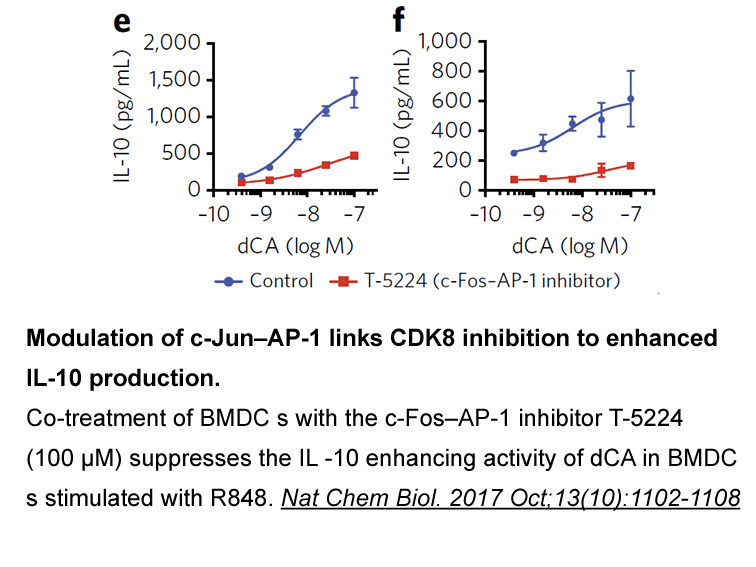
Funding Introduction The interest in the effects of endocrine disrupting chemicals (EDCs) in the aquatic environment continues to increase over the past decade, specifically those that act on steroidogenic pathways. EDCs that include synthetic androgenic and estrogenic compounds can severely a
-
Previously several genes such as cytokine Lyu
2023-07-16

Previously, several genes such as cytokine (Lyu and Park, 2007), cell motility-associated genes (Schotterl et al., 2017), transforming growth factor-β (TGF-β), TGF-β receptor II which is a cell surface receptor with serine/threonine kinase activity (Jiang et al., 2014, Schotterl et al., 2017), cell
-
Introduction Cancer which is responsible for a million death
2023-07-16
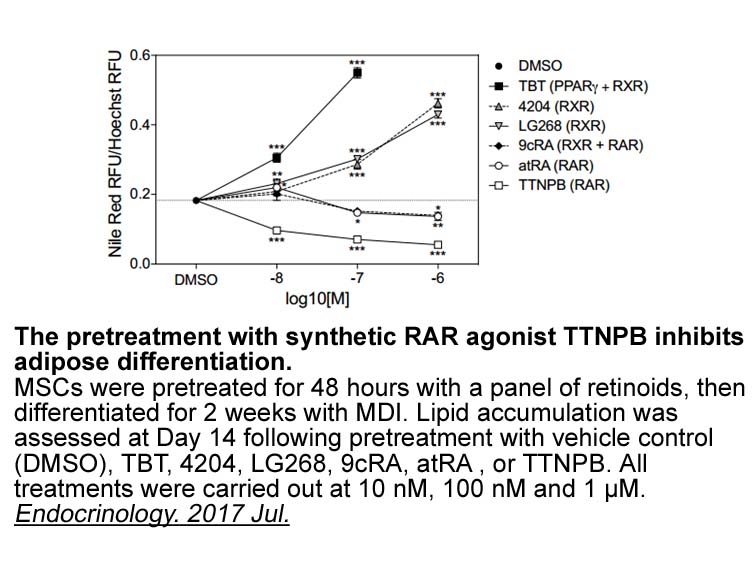
Introduction Cancer, which is responsible for a million deaths each year, is universally feared, and approximately 50% of newly diagnosed cases can be cured [1]. The existing cancer treatments, including surgery, chemotherapy, radiotherapy or a combination of them, are quickly losing efficacy. The
-
The ATX LPA signaling axis has been implicated
2023-07-16
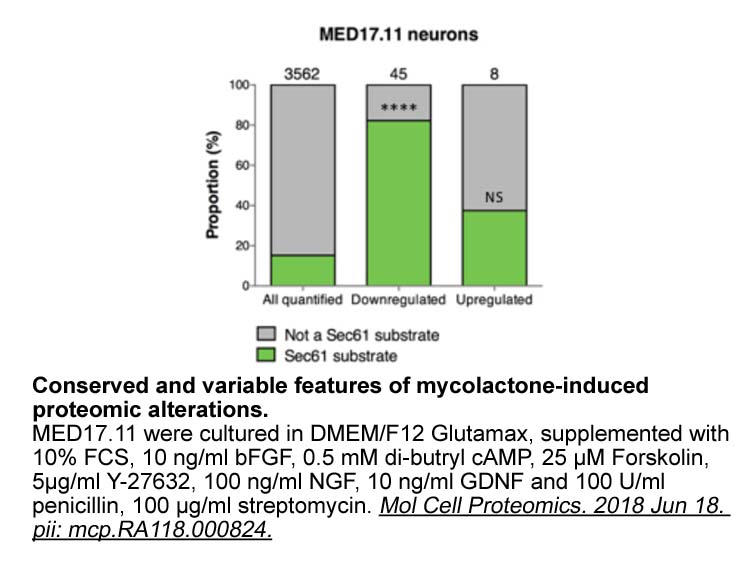
The ATX–LPA signaling “axis” [5] has been implicated in a perplexing variety of physiological and pathophysiological processes, including vascular and neural development [5], [26], [27], [28], [29], tumor progression and metastasis [30], [31], lymphocyte trafficking [22], bone development [32], neur
-
The SKOV and SKOV TR cells
2023-07-16
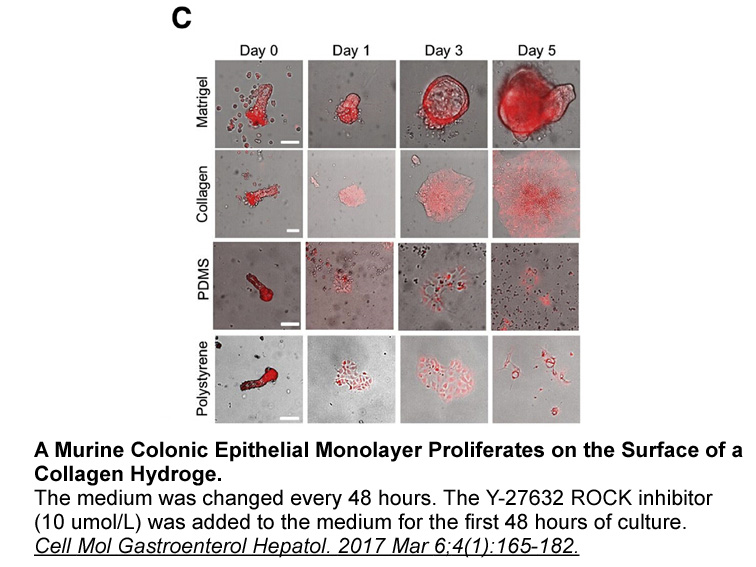
The SKOV3 and SKOV3TR dimethyl synthesis were exposed to stepwise increased concentration of paclitaxel with or without a different concentration of autophagy inhibitor (3-MA or HCQ) to further evaluate whether suppression of autophagy affected the growth and drug sensitivity of ovarian cancer cell
-
To identify the kinase s mediating H S phosphorylation we
2023-07-16
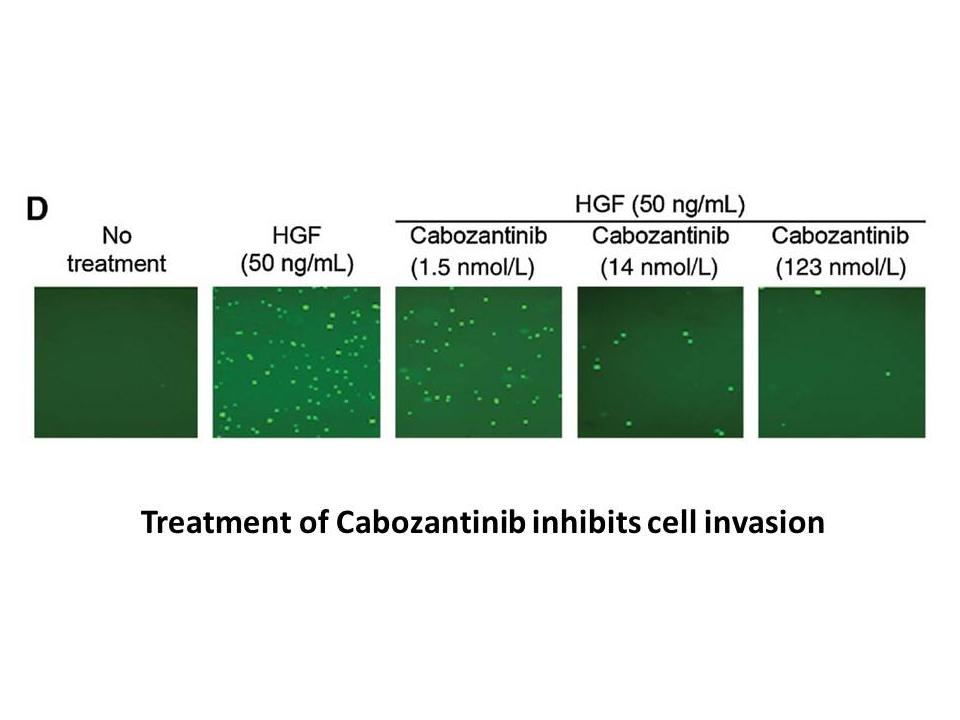
To identify the kinase(s) mediating H3.3S31 phosphorylation, we devised a 96-well-plate-compatible immunostaining assay, with (Z)-4-Hydroxytamoxifen mg specific for H3.3S31ph, and utilized it to screen both a Qiagen siRNA library covering 720 human kinases and a kinase inhibitor library (Selleck) c
-
Earlier studies showed that exposure of cells to IR caused
2023-07-16

Earlier studies showed that exposure of cells to IR caused ATM-dependent phosphorylation of 53BP1, as judged by electrophoretic mobility shift [24], [25], [26]. To date, the only known in vivo 53BP1 phosphorylation site(s) are Ser25 and possibly Ser29 [27]. In the course of our studies, we noticed t
16449 records 324/1097 page Previous Next First page 上5页 321322323324325 下5页 Last page